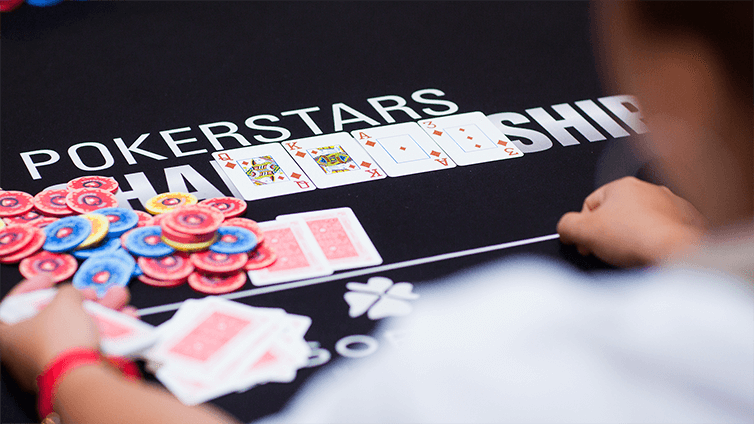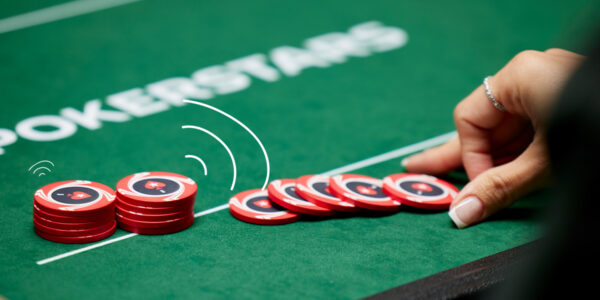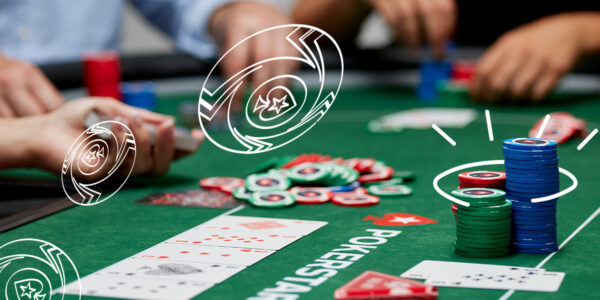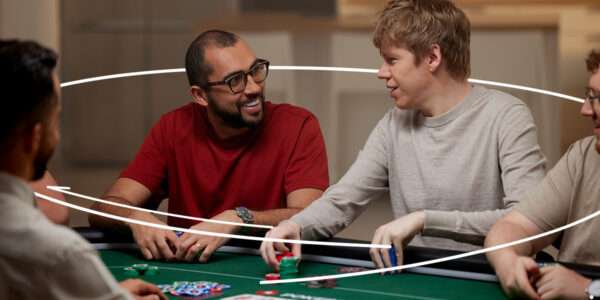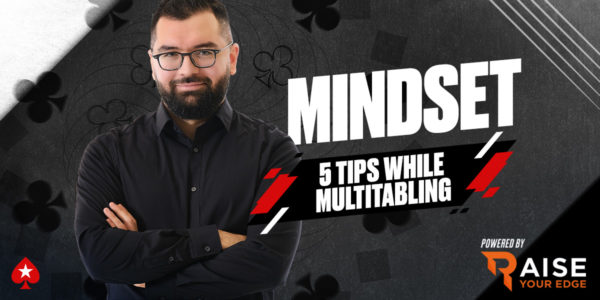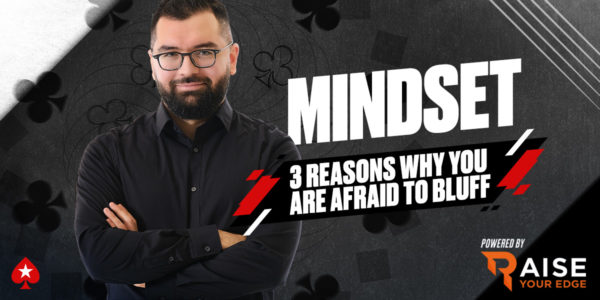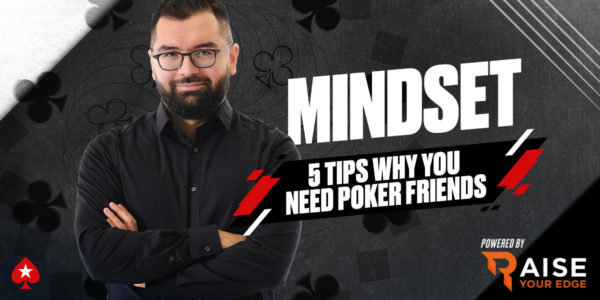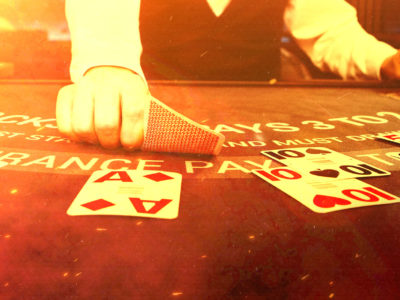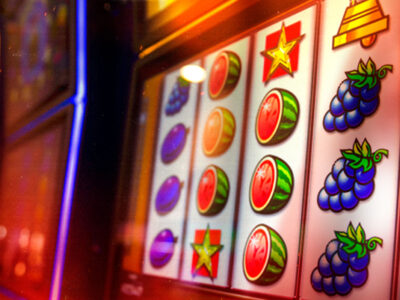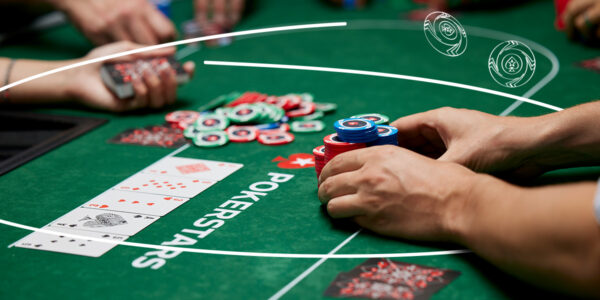Inside the Mind of a Pro – A Surprising Showdown
It is tempting to think we are omniscient about the meaning of our opponent’s behaviour at the tables. To think that we can put players on very accurate ranges or even guess their hand is a deeply rooted instinct that comes from usually knowing exactly what facts mean in real life. We are often very well aware of why people do certain things outside of poker and this creates the illusion that we know more than we do in game – where information is very imperfect. In the hand below, my ideas about my opponent’s range were wildly different from the hand he or she showed up with. It just goes to show – whenever you are ranging a relatively unknown opponent – allow for a small margin of unexpected hands.
At 100NL ZOOM, where the blinds are $0.50 and $1, it folds round to me in the SB and I look down at A♠ 6♠ . I open to $2.50 against a player who is can only be described as semi-tight passive. He is running stats of 26/19 over a few hundred hands, meaning that he is fairly selective about what cards he plays and that he is quite likely to play them in a passive way. He makes the call. It is also worth noting that this opponent is almost certainly not a strong regular as he started the hand with $88.68. He either bought in short or does not have the auto-rebuy function enabled. Either way, this is the sign of a weaker player and I fancy my chances in this spot with a promising holding.
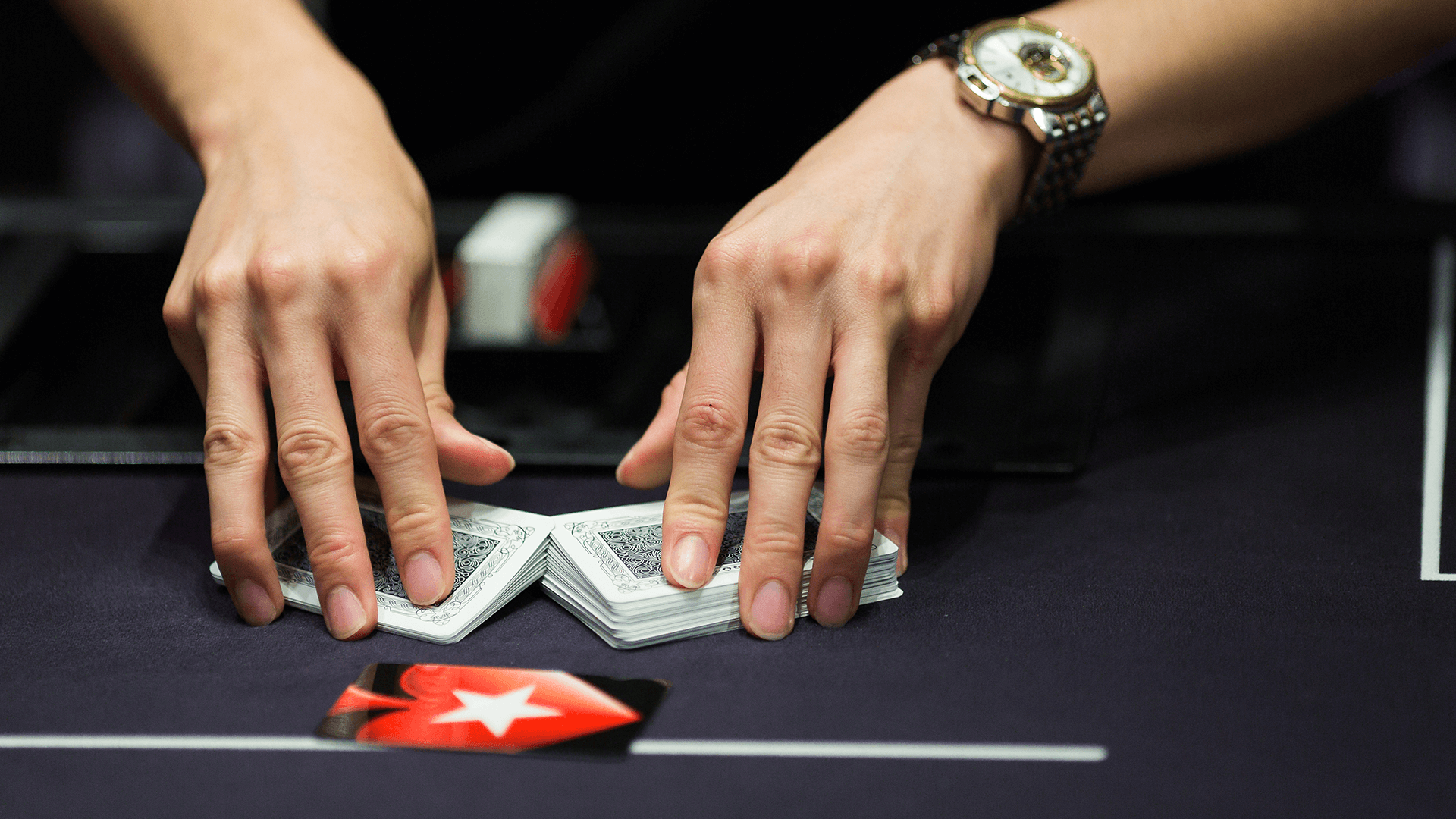
The flop ($5.00) comes down A♣ 9♥ 6♥ , a fantastic board for me. My opponent has, thus far, been reluctant to fold to continuation-bets, letting go just 4 times from 18 opportunities. My normal exploitative plan against such a player is to size bigger and tighten my range to include few low equity hands. My top and bottom pair makes a fine candidate for a big bet, but I opt for a smaller one as Villain has also raised 2/18 c-bets so far and I hope to induce some action from a wider range by dangling some bait. I make it $2.00 planning to size big later on, if called. This play is debatable, and I think a three quarters pot sized bet is also viable. Villain makes the call.
The turn ($9.00) comes the 7♦ and I now up my sizing in an attempt to take advantage of my potentially sticky opponent. I make a slight overbet of $10.00, and, to my surprise, Villain raises to $41.41. I try not to make reads on details such as bizarre typed in bet values until I have a better idea about what it means. Needless to say, I am far less happy now. What is going on here mathematically? It’s always good to simplify a spot like this wherever possible.
The simplification foes as follows. Villain’s sizing is effectively a shove. Flat-calling the turn is not an option for me because if I decide to invest here, I want to make sure that I stack committed flush draws and pair plus draw hands rather than letting them escape on a blank river. I am going to get stacked by straights and sets anyway, so why worry about what I do vs. those? Villain is also so unlikely to fold after making this raise that we shall ignore this possibility in our calculation.
Practically speaking then, I imagine that Villain shoved for his remaining stack of $85.18. This is effectively the case since if I decide not to fold, both players will be investing the rest of their stacks right now, almost always. To me, the bet is $75.18 as I have already invested $10.00 and the pot is 10 + 10 + 9 = $29.00. How much equity do I need to call off $75.18 into $29.00? We can use (Amount to Call / Amount to Call + Bet + Pot) to find this answer.
75.18 / (75.18 + 75.18 + 29) = 42%
If I have 42% equity here, I can invest the rest of Villain’s stack. If not, I should fold. Given that Villain can be playing a worse two pair this way or some kind of drawing hand from time to time, I think I can realise this much equity. Against a clearly tight player, this spot would become uncomfortably close, but this opponent has demonstrated a reluctance to fold post-flop in previous hands. I expect that he could show up with some questionable hands from time to time. I probably expect to lose here around half of the time or slightly more. The hand he actually shows up with baffles me…
Villain turns over A♦ 10♣ . What was he doing?
This play can only be labelled as a bluff. There is no way that he is in reasonable shape if I choose to invest the rest of the money, so value raising this pair plus gutshot draw is out of the question. Does this hand make a good bluffing candidate?
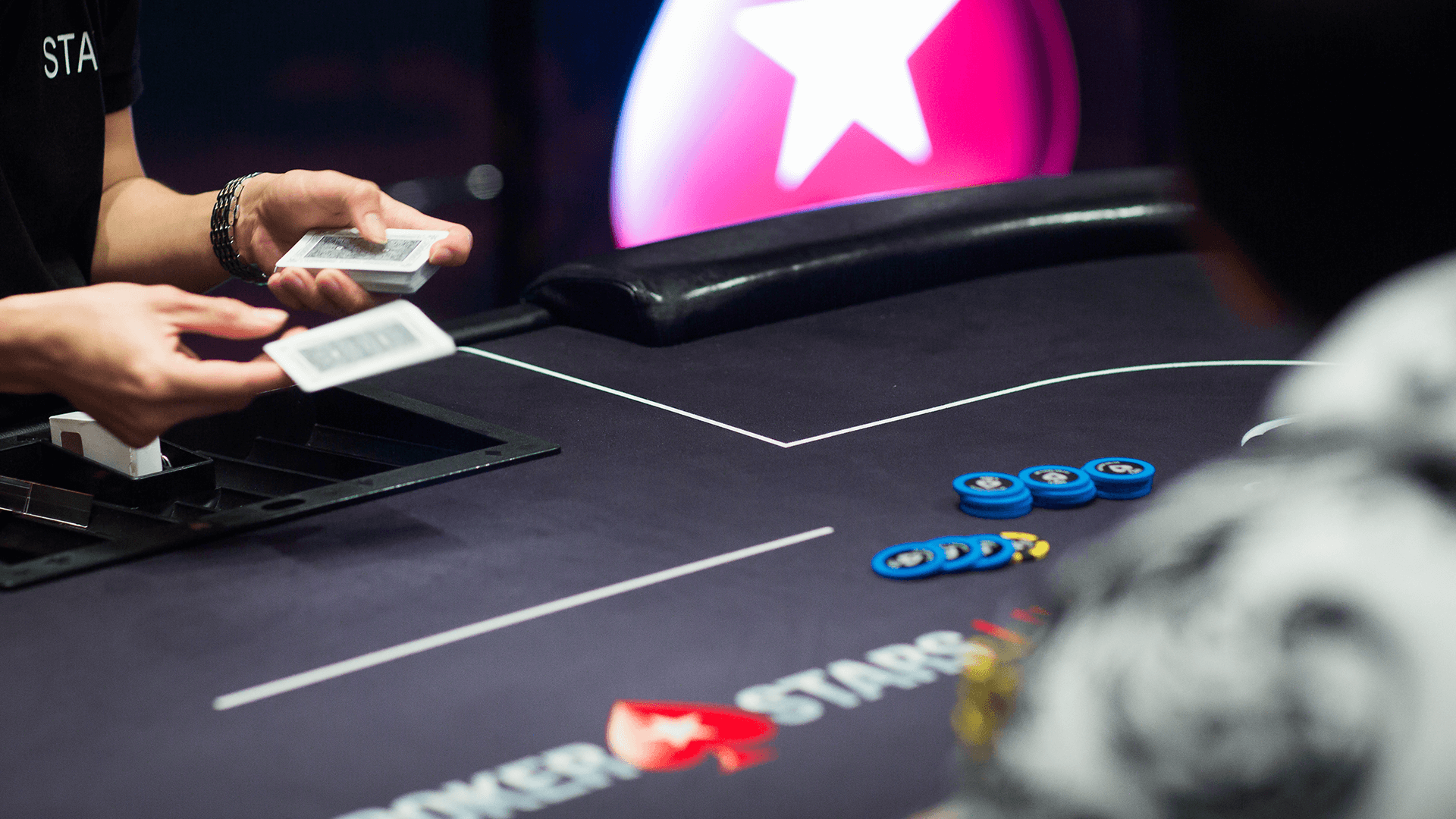
Not really. It has too much showdown value. As Villain is already winning against my bluffs, he does not gain much EV by folding these out. He does protect a little bit of equity against my flush draws by forcing me to fold, but this is not a large enough part of my range to be overly relevant. Furthermore, Villain is risking a lot of money just to deny equity to draws. The major downside of his play is that very few better hands are likely to fold. Some more experienced players might occasionally fold AJ-AK here if they play these hands a turn overbet in the first place, but that’s about it. All other stronger hands are very likely to continue. Villain’s raise might not have been a terrible play, but calling was likely much better with a showdown value hand that could improve to a straight.
From a hand reading standpoint, I am supposed to assign some frequency of hands like this to a recreational player’s range; it’s just that the frequency is a low one. Nevertheless, as it’s quite easy to hold a hand like one pair and a draw compared with holding a set, these hands do make up some meaningful part of my opponent’s range. It is for this very reason that I should avoid hero-folding hands like two-pair in this spot without a better read.
Summary
- Try to get into the habit of detecting weaker players by their starting stack-size.
- Size your value bets larger vs. sticky opponents.
- When ranging Villain, avoid making big unjustified assumptions and allow some space in your estimation of weaker players’ ranges for some strangely played holdings.
- Avoid bluffing with a strong calling hand that has high showdown value but insufficient strength to value-raise.
View Other Blogs




